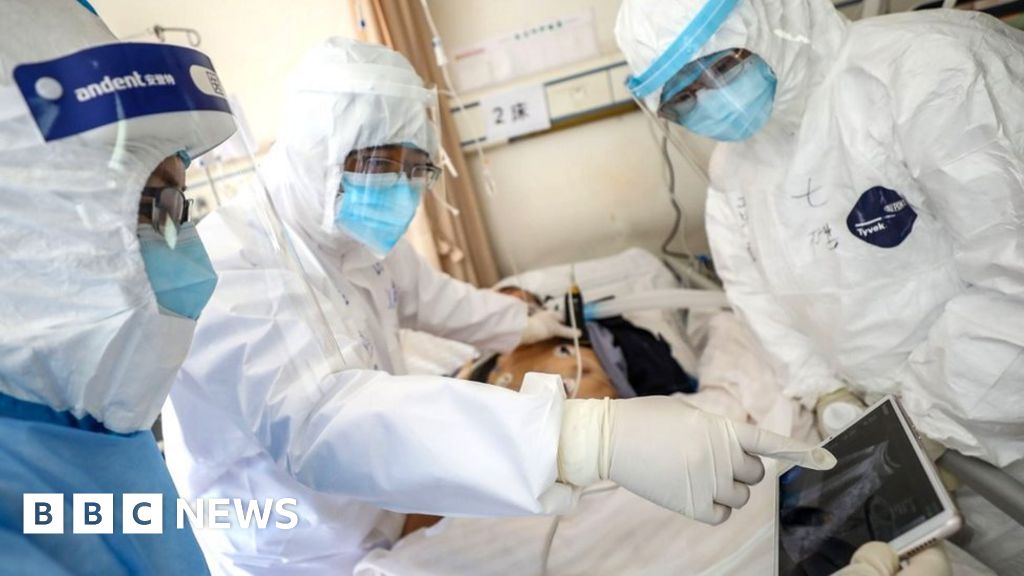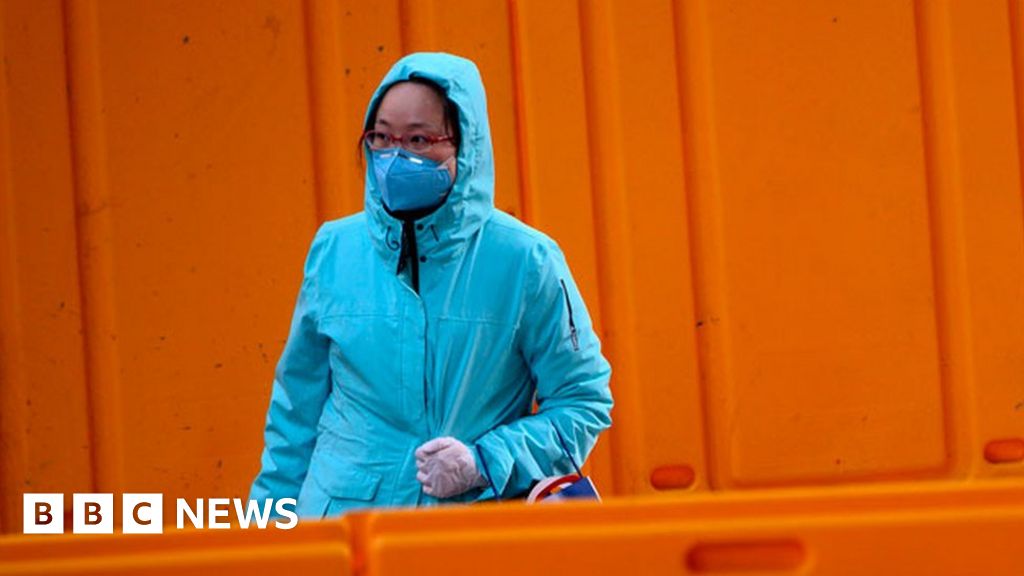Brendan Burgess
Founder
- Messages
- 52,116
I was surprised that a healthy young man like myself, aged only 62 1/2 , is deemed to be more at risk of serious illness.

 www2.hse.ie
www2.hse.ie
There are some groups of people who may be more at risk of serious illness if they catch coronavirus. But we do not think these groups have a higher risk of catching coronavirus. This is similar to other infections such as flu.
It is likely you are more at risk of serious illness if you catch coronavirus and you are one of the following:

People at higher risk from COVID-19
Advice for people at higher risk from COVID-19 (coronavirus), including older people and people with health conditions.
There are some groups of people who may be more at risk of serious illness if they catch coronavirus. But we do not think these groups have a higher risk of catching coronavirus. This is similar to other infections such as flu.
It is likely you are more at risk of serious illness if you catch coronavirus and you are one of the following:
- 60 years of age and over.
- Have a long-term medical condition – for example, heart disease, lung disease, diabetes, cancer or high blood pressure.



